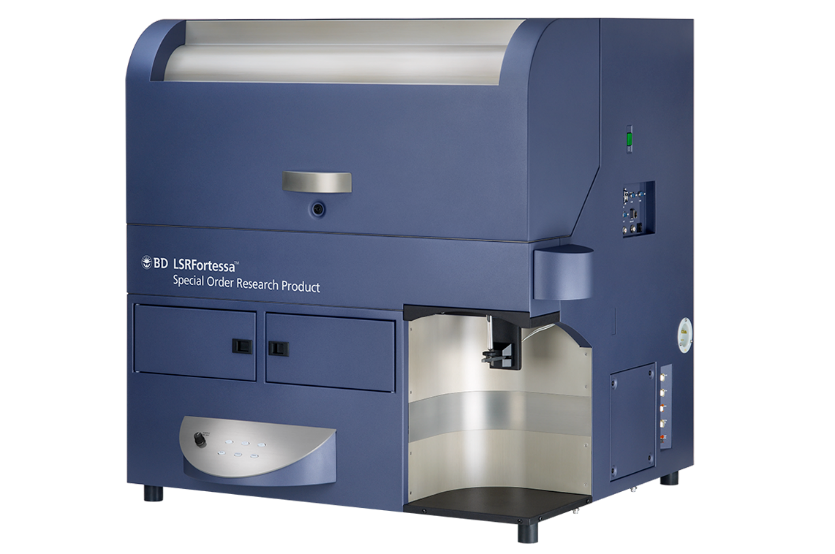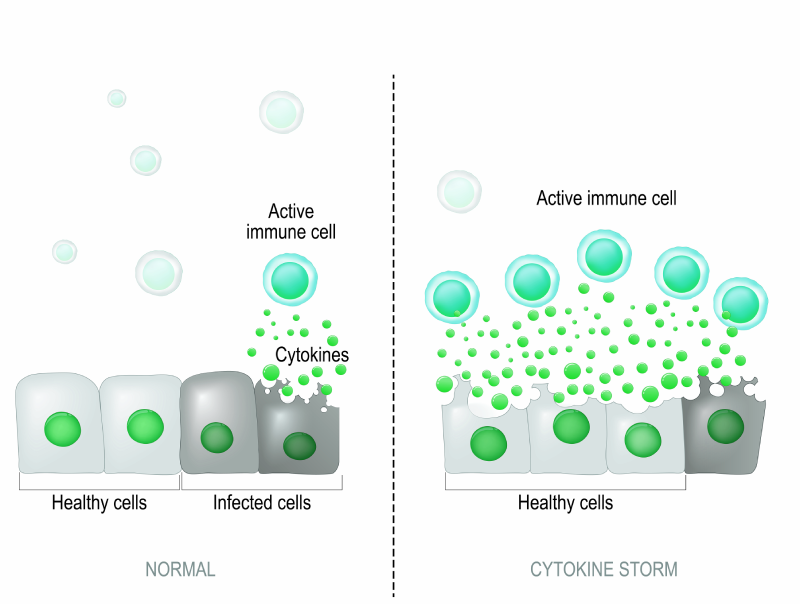Three Platforms Used to Monitor Cytokines and the Complement System
Monitoring both cytokines and complement factors in drug development has become increasingly important, as the movement toward personalized treatments for cancers and genetic diseases has spurred research and development into biologics, vaccines, and small molecules that can have unintended consequences due to their immunomodulatory effects.
WHAT ARE CYTOKINES AND COMPLEMENTS?
Cytokines are crucial in controlling the growth and activity of cells within the immune system. They act as messengers—and are made of proteins, peptides, and glycoproteins—that, when released, signal the immune system to begin performing its primary function in creating immune and inflammation responses. Their many exact functions are complex, as multiple cytokines work in coordination. 
The key functions outside of mediating immune responses include regulating inflammation, recruiting immune cells and enhancing their functions, modulating hematopoiesis, and fever induction.
Complements on the other hand, take on a different yet equally important role within the immune system. Whereas cytokines mediate cell communication and immune response modulation, complements are more directly involved in killing pathogens.
WHAT PLATFORMS ARE USED TO MONITOR COMPLEMENT FACTORS AND CYTOKINES IN DRUG DEVELOPMENT?
Complement factor and cytokine testing is a non-invasive, low-cost, solution for blood draw. The appropriate combination of technologies must be selected to obtain the best data possible in terms of quality and sensitivity. Altasciences has expertise and knowledge to advise sponsors on the most beneficial method for their sample analysis.
Three platforms Altasciences uses to monitor cytokines and complement factors include:
1. FLOW CYTOMETRY
Flow cytometry is a platform used to analyze immune cell phenotyping and functionality. It involves a sample of live cells stained with fluorochrome-labelled antibodies in suspension to be introduced into a flow cytometer—a highly sensitive detection system used to measure biomarkers. Flow cytometers work by analyzing

cells one at a time. Each cell passes through a series of lasers, emitting scattered and fluorescent light, which is then captured by multiple detectors. The converted signals are then used to count and characterize samples.
In several hours, a flow cytometer can detect multiple intracellular cytokines simultaneously, as well as distinguish cytokine-secreting cell subgroups based on cellular immune phenotype.
2. ENZYME-LINKED IMMUNOSORBENT ASSAY (ELISA)
ELISA is a commonly used assay. There are many ELISA kits available on the market which, when selected, could lead to reduced mean difference (MD) and microplate value (MV) time. Regardless, it is a well-established and inexpensive method for screening a wide variety of cytokines and complement factors, with the ability to detect certain biological components like antibodies and antigens, as well as other substances in the bloodstream and bodily fluids.
ELISA can aid in diagnosing conditions such as bacterial and viral infections (e.g., Lyme disease) to endocrine conditions (e.g., thyroid disease). ELISA’s ease-of-use makes this type of assay a proponent for automation, and comes in several variations, depending on whether the target is antibodies or antigens.
3. MULTIPLEXED ASSAYS
Cytokine multiplex assays are immunoassays that are used to differentiate cytokines released from the immune cells and monitor the effects of experimental therapeutics. Multiplexing systems such as the Luminex and MesoScale platforms work using several techniques, including bead coupling, sample incubation, and washing unbound substances to remove non-specific binding. The capabilities of these platforms significantly reduce the time required for each assay.
THE IMPORTANCE OF MONITORING COMPLEMENT AND CYTOKINE LEVELS IN DRUG DEVELOPMENT
While the complement system is a central component of innate immunity, bridging the innate to the adaptive immune response, it can become destructive against host cells, and is responsible for many diseases and pathological conditions, such as vasculitis and C3 Glomerulopathy. Similarly, cytokines play an important role in protecting against cancers and pathogens like bacteria and viruses, as well as regulating immune responses, and can become dangerous if overexpressed; the dosage of those therapeutic agents must be closely monitored. An abrupt and abnormal upregulation can lead to a deadly “cytokine storm”.

As a response to unanticipated adverse reactions, regulatory bodies have taken action. As of today, FDA guidelines recommend assessing the efficacy and toxicity of these novel drugs in a relevant nonclinical species; this may involve the measurement of cytokines and of complement factors. Drugs and vaccines can also be monitored for efficacy when their intended biological effect is to activate T helper (Th) cells that cause a pro-inflammatory (Th1) or anti-inflammatory (Th2) response.
Extensive research into cytokines and the complement system has resulted in the ability to manipulate these cells to produce therapeutic effects. Cytokines IFN-γ and IL-2, for example, can be used in cancer treatment to promote the activity of immune cells that target tumor cells. The growing awareness of the risks posed by cytokine and complement overexpression only seems to drive the research further, from the implication of chronic inflammation in a range of diseases, to severe complications from viral illnesses such as COVID-19.
With the movement toward personalized treatments having immunomodulatory effects, monitoring complement factors and cytokines has become increasingly important to help prevent any unintended consequences that may arise from these new medications. Learn more about cytokines and the complement system in Altasciences’ eBook, Key Biomarkers of Immunomodulation: Complement Factors and Cytokines.
Contact us to discover how we can deploy a variety of bioanalytical platforms to perform your immunomodulation studies.



